Here is the ultimate guide to proxy service. Discover the best proxy service providers in 2025. Learn how proxies work, when to use them, and which service fits your needs.
In today’s hyper-connected, data-driven world, a proxy service is no longer just a tool for anonymity — it’s infrastructure.
Whether you’re scraping data, managing social media accounts, running ads, bypassing geo-blocks, or securing your identity online, a proxy service is critical. It allows you to mask your real IP address, rotate through multiple locations, prevent bans, and automate safely across the web.
But with the growing sophistication of anti-bot mechanisms, you can’t just use any proxy provider. You need intelligent, fast, reliable proxy services — ones that integrate with your workflows, offer massive IP pools, and come backed by real customer support and performance SLAs.
This tutorial will break down:
- What a proxy service is
- The different types: residential, datacenter, mobile, ISP
- How proxy rotation works
- When and why to use proxies
- The Top 3 Editor’s Choice proxy service providers
- Other powerful proxy providers to consider
- Real-world use cases and integrations
Table of Contents
🚀 Editor’s Choice: Top 3 Proxy Service Providers (2025)
After evaluating over a dozen proxy vendors based on performance, pricing, infrastructure, customer support, and use case flexibility, here are our top 3 picks for 2025:
🥇 1. Oxylabs — Best Enterprise Proxy Service for Web Intelligence and Scraping
Proxy Types: Residential, Mobile, ISP, Datacenter
Specialties: Enterprise-scale web scraping, AI-driven data pipelines, global coverage
Starting Price: Starts from $4/GB
Free Trial: Unlimited trial for scraping tools (up to 2K results)
Why Oxylabs Tops the List
Oxylabs is the gold standard in the proxy industry. Trusted by Fortune 500s, it delivers ethical, stable, and high-volume access to the internet through millions of residential, mobile, and datacenter IPs across 190+ countries.
Their Web Scraper API, Real-Time Crawler, and Next-Gen Residential Proxies are ideal for advanced use cases like:
- E-commerce and SEO data scraping
- Market research
- Brand protection
- Price monitoring
- Ad verification
Beyond these, Oxylabs also provides a dedicated YouTube Scraper — a specialized API designed for extracting video metadata, comments, channel uploads, and keyword trends at scale.
This makes it an excellent tool for enterprises tracking brand presence, monitoring influencer campaigns, or analyzing audience sentiment directly from YouTube’s ecosystem.
Standout Features
- Over 175M+ IPs (residential + datacenter)
- Supports JavaScript rendering
- Built-in CAPTCHA solving
- Excellent proxy health monitoring tools
- Dedicated account managers and 24/7 enterprise support
Perfect For
Enterprises, data agencies, developers, and SaaS teams that require reliable proxy rotation and scale.
⚠️ Please note: Oxylabs’ YouTube scraper does not offer any discounts.
🥈 2. Webshare — Best Budget-Friendly Proxy Service for Developers and Startups
Proxy Types: Datacenter (Shared/Private/Dedicated), Static Residential (Shared/Private/Dedicated), Rotating Residential
Specialties: Developer-first tools, low-cost scraping, automation
Starting Price: Free plan available; paid from $2.99/month
Free Tier: Yes, includes 10 free datacenter proxies & 1GB/month of free bandwidth
Why We Love Webshare
Webshare delivers performance and affordability like no other provider. It’s ideal for startups, coders, or individuals building scrapers, bots, or automation tools that need clean IPs without breaking the bank.
Webshare is developer-centric, with:
- Easy API access
- Unlimited bandwidth plans
- Flexible IP rotation controls
- Support for SOCKS5 and HTTPS
- 80M+ IP pool & 195+ country coverage
- Extensive Academy learning hub
Standout Features
- Free datacenter proxies
- Daily fresh proxy list
- Authentication via user/pass or IP whitelist
- Live usage stats and monitoring
- Free Chrome proxy extension
Perfect For
Python developers, students, solopreneurs, and tech startups who want reliable proxy access without enterprise costs.
🥉 3. Decodo (formerly Smartproxy) — Best Proxy Service for Flexibility & No-Code Users
Proxy Types: Residential, ISP, Mobile, Datacenter and Site Unblocker
Specialties: Easy integration, browser extension, scraping tools
Starting Price: $1.5/GB Residential, $0.27/IP ISP, $4.5/GB Mobile, $0.026/IP Datacenter, $1.6/1K req Site Unblocker
Trial Option: 3-day free trial with 100MB
Why Decodo Excels
Decodo balances advanced proxies with user-friendliness, making it perfect for marketers, agencies, and even beginners. Whether you’re scraping search engines, doing social media automation, or bypassing geo-restrictions, Decodo makes it easy.
The rebrand from Smartproxy brings fresh UI, improved documentation, AI-powered tools, and a focus on hybrid users – both coders and non-coders.
Standout Features
- 125M+ IP pool
- 195+ global locations
- User-friendly dashboard
- Free tools with every subscription
- 99.99% uptime
- #1 response time in the market
- 24/7 tech support
- Extensive documentation
- Easy integration with third-party tools
Perfect For
Digital marketers, SEO experts, researchers, fast-growing companies, and those looking for plug-and-play proxies with 24/7 support.
📘 Understanding Proxy Service Types: Know What You’re Buying
A top proxy service should offer the right proxy type for your needs. Here’s a breakdown:
🔹 Residential Proxies
IPs provided by real residential devices. Ideal for:
- Data scraping
- Sneaker bots
- Ad verification
- Account creation
🔹 Datacenter Proxies
Fast, low-cost proxies hosted in data centers. Ideal for:
- Basic scraping
- Web automation
- Bypassing geo-blocks (non-sensitive sites)
🔹 Mobile Proxies
IPs from real 3G/4G/5G devices. Ideal for:
- Social media automation
- Ad testing
- Avoiding bot detection
🔹 ISP Proxies
Hybrid proxies — datacenter speed with residential legitimacy. Ideal for:
- E-commerce scraping
- Competitive research
- Reputation monitoring
🔧 How a Proxy Service Works (With Rotation Explained)
- You configure your script, bot, or scraper to use a proxy IP.
- The proxy server masks your IP, routing requests through an intermediary IP.
- Rotation happens:
- Per request
- Per session
- On failure
This prevents bans and maintains anonymity.
Example with Python:
🌍 Real-World Use Cases for Proxy Services
| Industry | Use Case |
|---|---|
| E-commerce | Price monitoring, inventory tracking |
| Marketing | Social media automation, ad verification |
| Travel | Aggregating hotel/flight prices globally |
| SEO | SERP tracking, keyword research |
| AI & ML | Data gathering for training datasets |
| Cybersecurity | Penetration testing, traffic obfuscation |
| Brand Protection | Detecting counterfeits, piracy, impersonation |
| Affiliate Marketing | Multiregional tracking and testing |
🧪 Comparison: Other Proxy Service Providers Worth Exploring
After our Editor’s Choice picks, here are more reliable proxy services for specialized or cost-effective use cases.
1. MarsProxies – Best for Speed-Focused Scraping Projects
Proxy Types: Rotating & Dedicated Datacenter
Strength: Speed, performance tuning, stealth compatibility
Price: From $15/month
MarsProxies is a performance-oriented proxy provider offering low-latency, high-thread proxy infrastructure.
Developers building SEO trackers, sneaker bots, or large-scale scrapers will benefit from their blazing-fast datacenter IPs, stable rotation, and optimized back-end routing.
Highlights:
- High concurrency support
- Premium uptime and low block rates
- Instant delivery and easy dashboard
- Flexible packages for scaling projects
2. IPRoyal – Best Pay-As-You-Go Residential Proxy Service
Proxy Types: Residential, Datacenter, Mobile
Strength: Usage-based billing, affordable access
Price: From $0.80/GB
IPRoyal offers flexible pricing without subscriptions, making it ideal for freelancers, one-time scraping projects, and developers testing smaller apps.
The pay-as-you-go model is perfect for cost control and prototyping without monthly commitments.
Highlights:
- Pay-per-GB model for residential and mobile proxies
- Real-user IP pool with high trust scores
- Sneaker and gaming proxies available
- Browser and script-friendly authentication
3. Nodemaven – Best Dev-Oriented Proxy Service With API Focus
Proxy Types: Residential, ISP
Strength: Developer APIs, detailed logs, session control
Price: From $12/month
Nodemaven is tailored for tech teams that need API-level access to proxy sessions, rotation, and logging.
With advanced usage metrics and DevOps integration support, it’s great for AI data pipelines, bot automation, and complex workflows.
Highlights:
- Full-featured proxy API (token-based)
- Smart IP rotation and geo-targeting
- Sticky session support for logins
- Simple Python & Node.js integration guides
4. NetNut – Best for Static Residential IPs
Proxy Types: Static Residential (ISP)
Strength: Speed, session persistence, direct ISP IPs
Price: From $100/month
NetNut specializes in non-rotating static residential proxies, backed by direct ISP connections.
Ideal for account management, long sessions, ad testing, and stealth tasks that require stable identities without IP churn.
Highlights:
- Session-stable static IPs
- No peer-to-peer or end-user dependency
- Great for login-based apps and persistent scraping
- High-speed connection via Tier-1 ISPs
5. Proxyrack – Best for Scalable, Unlimited Bandwidth Residential Proxies
Proxy Types: Residential, Datacenter, Rotating
Strength: Scalable bandwidth with massive IP pool
Price: From $49.95/month
Proxyrack is known for offering unmetered residential proxy plans, making it ideal for businesses and developers who require high volumes of data scraping without worrying about bandwidth limits.
Their rotating residential proxy pool supports over 2 million IPs globally and is optimized for search engines, e-commerce, and content scraping.
Highlights:
- Unlimited bandwidth on select plans
- Multi-threaded scraping support
- Fast proxy switch and rotation intervals
- Easy integration with Python, Puppeteer, or browser bots
6. ProxyEmpire – Best for Geo-Targeted Proxy Access
Proxy Types: Residential, Mobile
Strength: Geo-specific IPs down to the city level
Price: From $10/GB
ProxyEmpire delivers pinpoint geo-targeting across its residential and mobile proxy network, allowing access to IPs based on country, region, city, or ASN.
Perfect for SERP tracking, market research, and multilingual content scraping.
Highlights:
- 150+ countries supported
- Pay-as-you-go bandwidth or subscription plans
- ASN and city-level targeting
- Easy filtering dashboard and API access
7. Storm Proxies – Best for Simplicity and Small Teams
Proxy Types: Rotating Residential, Dedicated Datacenter
Strength: User-friendly interface, basic automation
Price: From $10/month
Storm Proxies is ideal for teams, solo developers, or beginners looking for an easy way to start using proxies.
The setup is simple, with automatic port-based IP rotation and minimal configuration required.
Highlights:
- Unlimited bandwidth (datacenter)
- 1-click proxy rotation setup
- Great for tools like GSA, Scrapebox, and SEO AutoPilot
- No advanced tech knowledge needed
8. Bright Data (formerly Luminati) – Best for Compliance & Scale
Proxy Types: Residential, ISP, Datacenter, Mobile
Strength: Massive pool, enterprise tools, ethical sourcing
Price: From $15/GB
Bright Data is the industry titan, offering over 72 million IPs, rigorous compliance, and advanced scraping automation tools.
Designed for regulated use cases, it’s a go-to for enterprise-grade data extraction across industries like fintech, retail, and legal.
Highlights:
- Proxy Manager with fine-grained rules
- Auto CAPTCHA-solving and browser emulation
- Global support with legal transparency
- 24/7 enterprise-grade support and monitoring
9. Proxy-Cheap – Best for Affordable Mobile Proxy Plans
Proxy Types: Mobile (4G/5G), Residential, Datacenter
Strength: Mobile IPs on a budget
Price: From $9/month
As its name suggests, Proxy-Cheap offers affordable proxy solutions, particularly for mobile automation and app testing.
With support for rotating 4G/5G IPs, it’s ideal for Instagram bots, ad placement, and Android emulation.
Highlights:
- Global mobile proxy pools
- Sticky and rotating sessions
- Simple panel with usage tracking
- Cryptocurrency payments accepted
10. Shifter – Best Peer-to-Peer Proxy Network for Anonymity
Proxy Types: P2P Residential
Strength: Scale, anonymity, large IP pool
Price: From $125/month
Shifter (formerly Microleaves) is one of the largest P2P residential proxy providers with a strong focus on anonymity, scale, and rotating access.
Great for stealth data gathering where source diversity is crucial.
Highlights:
- 100M+ residential IPs
- Unlimited bandwidth
- Sticky or rotating sessions
- Ideal for mass market research or stealth scraping
11. SOAX – Best for Precision and Targeting Granularity
Proxy Types: Residential, Mobile
Strength: Clean IPs + advanced filters (ASN/city/ISP)
Price: From $99/month
SOAX stands out with its ultra-clean IP pool and hyper-accurate geo-targeting. Whether you need country, city, provider, or ASN-level control, SOAX gives you surgical-level IP filtering.
Highlights:
- Fresh, verified IPs
- Full targeting stack: country, city, ASN, ISP
- Real-time usage insights
- Transparent pricing and helpful documentation
12. GeoSurf – Best for Corporate Market Research & Ad Verification
Proxy Types: Residential, Mobile
Strength: Precision geo-targeting, enterprise tools
Price: From $50/month
GeoSurf offers enterprise-focused proxy access with legal compliance and deep geo-targeting capabilities.
Trusted by ad networks and digital intelligence teams, it excels in ad verification, competitive tracking, and affiliate fraud prevention.
Highlights:
- Supports thousands of global cities
- Quick IP refresh system
- Powerful admin controls
- High SLA-backed uptime and speed
13. Blazing SEO – Best for High-Performance Datacenter Proxies
Proxy Types: Dedicated Datacenter
Strength: Speed, price, unlimited bandwidth
Price: From $11/month
Blazing SEO provides high-speed, highly customizable datacenter proxies with massive threading support and zero bandwidth caps. It’s perfect for developers running aggressive crawlers or automations with consistent IP needs.
Highlights:
- Uncapped bandwidth
- IP testing & speed reporting
- Bulk IP purchasing
- Supported SOCKS and HTTPS formats
14. HydraProxy – Best On-Demand Proxy Pools for Temporary Projects
Proxy Types: Residential, Mobile
Strength: On-demand access, short-term plans
Price: From $4/month
HydraProxy is a flexible solution for short-term proxy usage, testing campaigns, or temporary scraping needs. Ideal for freelancers or side projects where full monthly commitments aren’t necessary.
Highlights:
- Pay-as-you-go bandwidth
- Affordable mobile proxy options
- Sticky or rotating sessions
- Easy IP switch on demand
15. TheSocialProxy – Best for Social Media Management
Proxy Types: Dedicated Mobile (4G/5G)
Strength: Mobile-focused automation and stability
Price: From $90/month
Designed with social media marketers in mind, TheSocialProxy offers premium mobile proxies hosted on real devices.
Perfect for managing multiple Instagram, TikTok, and LinkedIn accounts without triggering bans.
Highlights:
- Unlimited bandwidth
- 4G/5G proxies on real SIMs
- Static IPs with session control
- Compatible with Jarvee, MetaBots, and more
16. PacketStream – Best Peer-to-Peer Residential Proxy on a Budget
Proxy Types: Residential (P2P)
Strength: Budget-friendly access to real IPs
Price: From $1/GB
PacketStream is a community-powered peer-to-peer network, offering super low-cost residential IPs ideal for light scraping, market research, or educational projects. Performance may vary, but the pricing is unbeatable for entry-level needs.
Highlights:
- Global residential IPs
- Extremely low-cost
- Simple dashboard and integration
- Monetization for bandwidth sellers
17. Rayobyte – Best Ethical Proxy Provider with Compliance Focus
Proxy Types: Datacenter, ISP, Residential
Strength: Ethical sourcing + full transparency
Price: From $15/month
Rayobyte emphasizes compliance, transparency, and responsible proxy sourcing.
It’s one of the few US-based proxy services that offers a mix of ethically obtained IPs, open legal documents, and sustainable infrastructure.
Highlights:
- U.S.-based data centers
- Supports public institutions and research
- Offers dedicated or rotating setups
- Great documentation and support
18. ScraperAPI – Best for Proxy Management via Scraping API
Proxy Types: API-based (built-in proxies with rotation)
Strength: Handles proxies, CAPTCHAs, and browsers in one
Price: From $49/month
ScraperAPI isn’t just a proxy service—it’s an all-in-one scraper delivery engine. It manages IP rotation, geolocation, CAPTCHA solving, and JavaScript rendering, allowing you to focus on data, not infrastructure. Just call the API with your target URL, and it returns clean HTML or JSON.
Highlights:
- Auto-rotating proxies with success rate tracking
- Custom header support
- Compatible with most languages
- Great for MVP scraping tools or AI data feeds
19. ProxyMesh – Best for API-First Proxy Access with JSON Support
Proxy Types: Rotating Datacenter
Strength: Minimalist, API-first design
Price: From $9.95/month
ProxyMesh offers a developer-friendly proxy solution with a focus on rotating proxies accessible via API endpoints. It’s lightweight and integrates well with curl, Python, or Node.js applications.
Though limited in IP volume compared to larger providers, it’s great for lightweight, low-footprint applications.
Highlights:
- Easy REST API to manage proxies
- Regional IP selection
- Daily IP refresh for rotation
- JSON support for scraping outputs
20. WebScrapingAPI – Best for Turnkey Scraping with Proxy + JS Rendering
Proxy Types: Residential + API
Strength: Built-in proxies + JavaScript rendering + CAPTCHA bypass
Price: From $49/month
This platform offers an elegant all-in-one web scraping API that includes proxies, headless browser rendering, and geo-targeting.
Designed for devs building dashboards, search engines, or crawlers, WebScrapingAPI removes the need to configure rotating proxies or manage sessions.
Highlights:
- JavaScript-rendered content returned in HTML or JSON
- Residential and datacenter proxies built-in
- Auto-throttle and concurrency support
- Easy proxy switching via API parameters
21. NetProxy – Best for Static Residential Sessions
Proxy Types: Static Residential
Strength: Long-session proxies for account management
Price: From $80/month
NetProxy focuses on delivering long-lasting residential sessions that are perfect for web apps requiring login persistence, account automation, or session-based tasks.
Their static IP pool is less likely to be flagged by anti-bot systems, making it excellent for marketplaces or reputation-sensitive platforms.
Highlights:
- High-uptime static residential IPs
- Perfect for eBay, Amazon, Facebook automation
- Global pool with country-level targeting
- Long session persistence (ideal for stealth automation)
22. Zyte (formerly Scrapy Cloud) – Best for Enterprise Data-as-a-Service Scraping
Proxy Types: Smart Proxy Manager + API
Strength: AI-driven content extraction at scale
Price: From $49/month
Zyte provides smart proxy management plus scraping services, built for large-scale data teams.
With advanced capabilities like structured output, auto-formatting, and compliance filters, Zyte is ideal for enterprise-grade data pipelines, training AI, or powering SaaS apps.
Highlights:
- Automatic retries, CAPTCHA bypass, and rendering
- Built-in scraper logic with schema templates
- Scalable proxy pool included
- Excellent customer support for complex data needs
23. InstantProxies – Best for Simplicity and Static IPs
Proxy Types: Static Datacenter
Strength: Fast activation, simple setup
Price: From $10/month
InstantProxies is a no-frills, easy-to-use static proxy service suitable for testing, lightweight scraping, or low-volume bot usage.
It lacks residential IPs and rotation but shines in scenarios where static IP consistency is required.
Highlights:
- Quick purchase and delivery
- Perfect for Craigslist, ticketing, or basic login tasks
- IP testing tool is included
- Cost-effective for solo users or devs
🛠️ Tools to Pair With Your Proxy Service
| Tool | Use |
|---|---|
| Scrapy | Python framework for scraping with proxy support |
| Puppeteer / Playwright | Headless browsers for dynamic pages |
| Octoparse / ParseHub | No-code scraping with proxy support |
| Bright Data Proxy Manager | Proxy rotation tool |
| Fiddler / Charles Proxy | Debug proxy connections |
- ✅ Use residential IPs for sensitive or large-scale scraping
- ✅ Rotate IPs regularly to avoid detection
- ✅ Monitor status codes (403, 429 = you’re blocked)
- ✅ Respect site terms and avoid aggressive crawling
- ✅ Use user-agent rotation and spoof headers
- ✅ Combine with headless browsers for dynamic pages
- ✅ Log and retry failed requests
⚖️ Is Using a Proxy Service Legal?
Using a proxy is 100% legal for public web access — but you must:
- Never scrape private or restricted content
- Avoid spamming, fraud, or abusive automation
- Read and respect the target site’s Terms of Service
- If collecting user data, comply with GDPR/CCPA
Best Proxy Services For 2025
Ultimate Guide To Proxy Service: Frequently Asked Questions (FAQs)
What is a proxy service and how does it work?
A proxy service acts as an intermediary between your device and the internet. When you send a request (like visiting a website or scraping data), the proxy routes the request through its own IP address before it reaches the target server. This hides your real IP, improves anonymity, and can help you bypass geo-blocks, rate limits, or content filters.
Which type of proxy is best for web scraping?
For most scraping use cases, residential proxies and ISP proxies are the best choices. Residential proxies offer high trust scores since they come from real users, while ISP proxies provide the stability of datacenter speeds with residential legitimacy. If you’re scraping heavily or from protected websites, rotating residential proxies with sticky session options are ideal.
Are free proxy services safe to use?
Free proxies often come with major risks such as data interception, poor anonymity, high latency, or IP blacklisting. Many free proxy servers log your traffic or sell your data. For serious tasks like scraping, social media management, or e-commerce monitoring, premium proxy providers are far more secure, reliable, and efficient.
What is the difference between residential, datacenter, and mobile proxies?
- Residential proxies use real user IPs provided by ISPs, making them highly legitimate and low-risk for bans.
- Datacenter proxies are fast, cheap, and hosted in cloud environments but are easier to detect and block.
- Mobile proxies use real 4G/5G connections and are ideal for app testing, social platforms, and mobile-only tasks due to their extremely high trust levels.
How do rotating proxies work?
Rotating proxies assign a new IP address to every request or at fixed intervals. This helps avoid detection, ban blocks, and rate limits. Providers like Decodo, Webshare, and Oxylabs offer rotating proxy pools where the IP changes seamlessly, ideal for scraping dynamic websites or gathering large-scale data.
Can proxies help with ad verification and SEO tracking?
Yes. Proxies are essential tools for ad verification, SEO monitoring, and SERP scraping. With geo-targeted IPs, you can view ads and search results as they appear in specific cities or countries. Providers like ProxyEmpire, GeoSurf, and SOAX excel in precise geo-targeting for these tasks.
Do I need technical skills to use a proxy service?
Not necessarily. Many modern proxy providers offer plug-and-play dashboards, browser integrations, and no-code options. Services like Storm Proxies or Webshare provide simple interfaces, while others like Nodemaven cater to developers with full API control. Choose a provider based on your comfort level.
How do I choose the best proxy provider in 2025?
Choosing the best proxy depends on your use case. For web scraping, go with rotating residential or ISP proxies. For social media, mobile proxies are better. If you’re budget-conscious, look for pay-as-you-go options like IPRoyal. Enterprise needs may demand premium tools from Bright Data or Oxylabs. Prioritize providers that offer reliability, scale, ethical sourcing, and excellent customer support.
🏁 Final Thoughts: Which Proxy Service Should You Choose?
TL;DR:
- Pick Oxylabs for enterprise-scale needs and full-stack scraping
- Choose Webshare if you’re building your own scrapers and want affordability
- Go with Decodo if you want flexible tools with minimal setup
Other niche options like MarsProxies, IPRoyal, and Nodemaven are perfect for specialized scraping goals and dev-first integrations.
INTERESTING POSTS


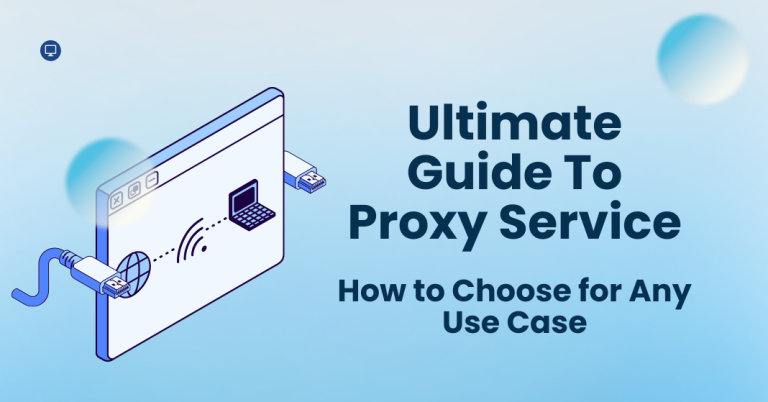


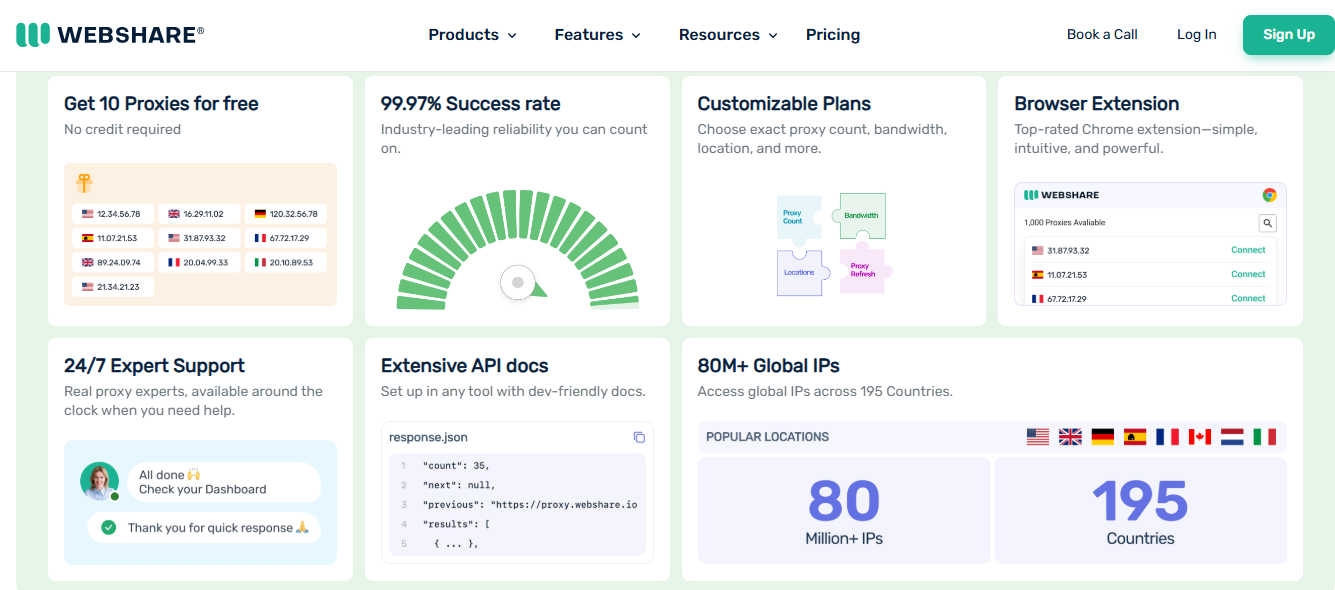

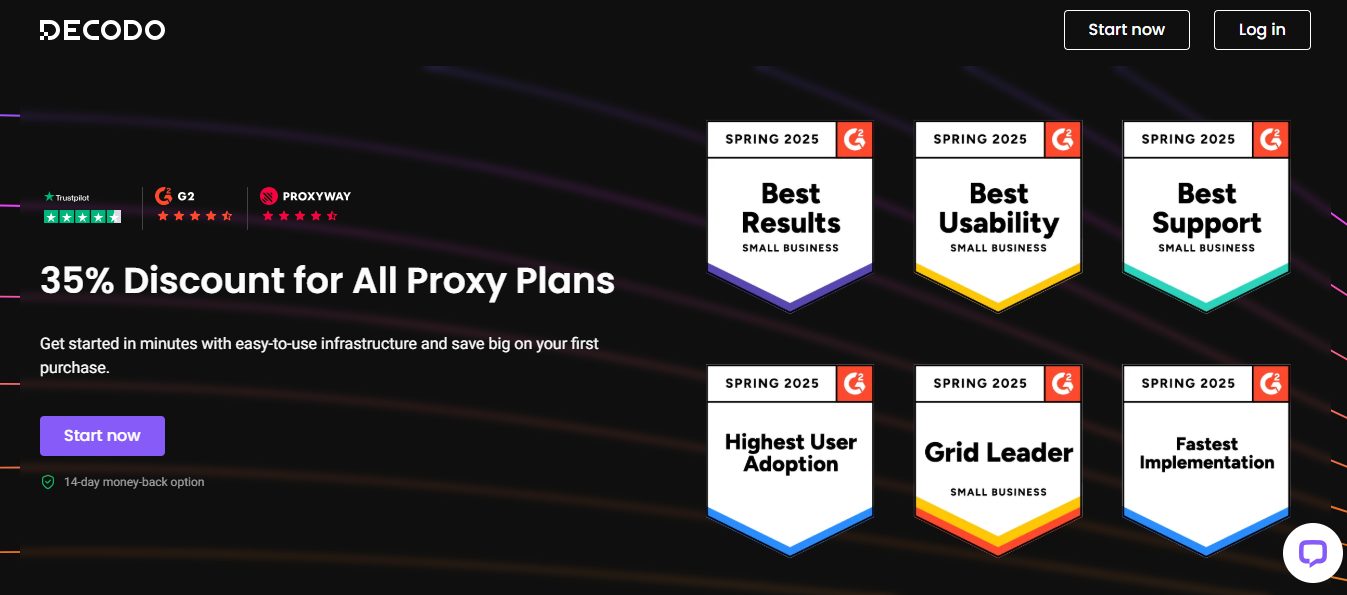



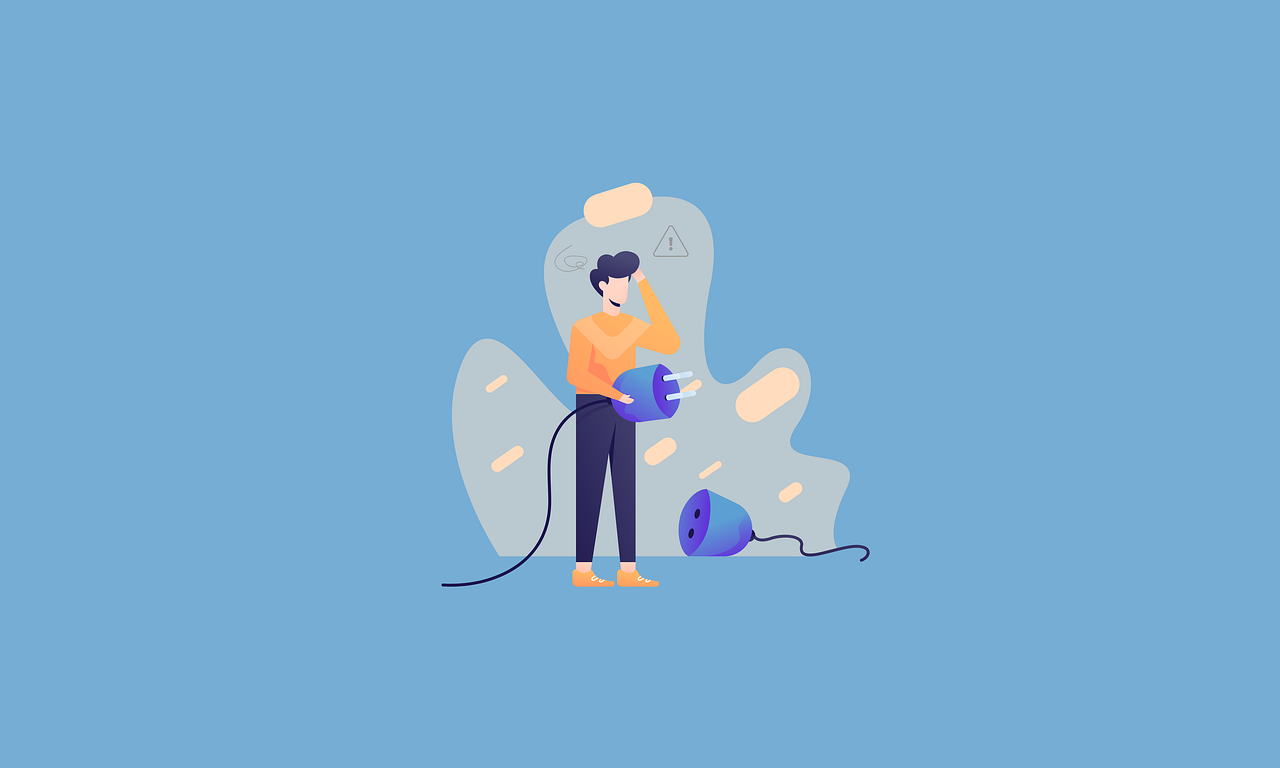

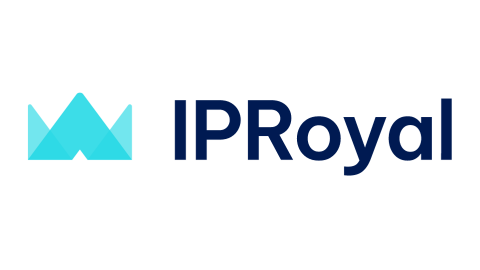
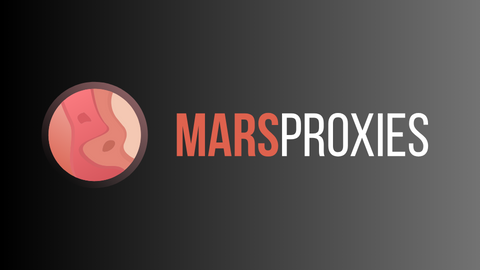



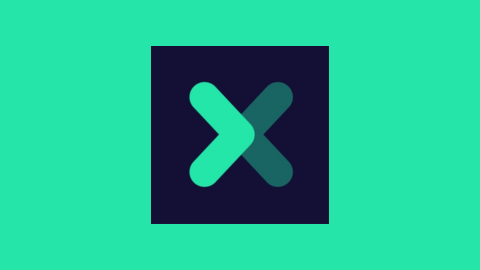



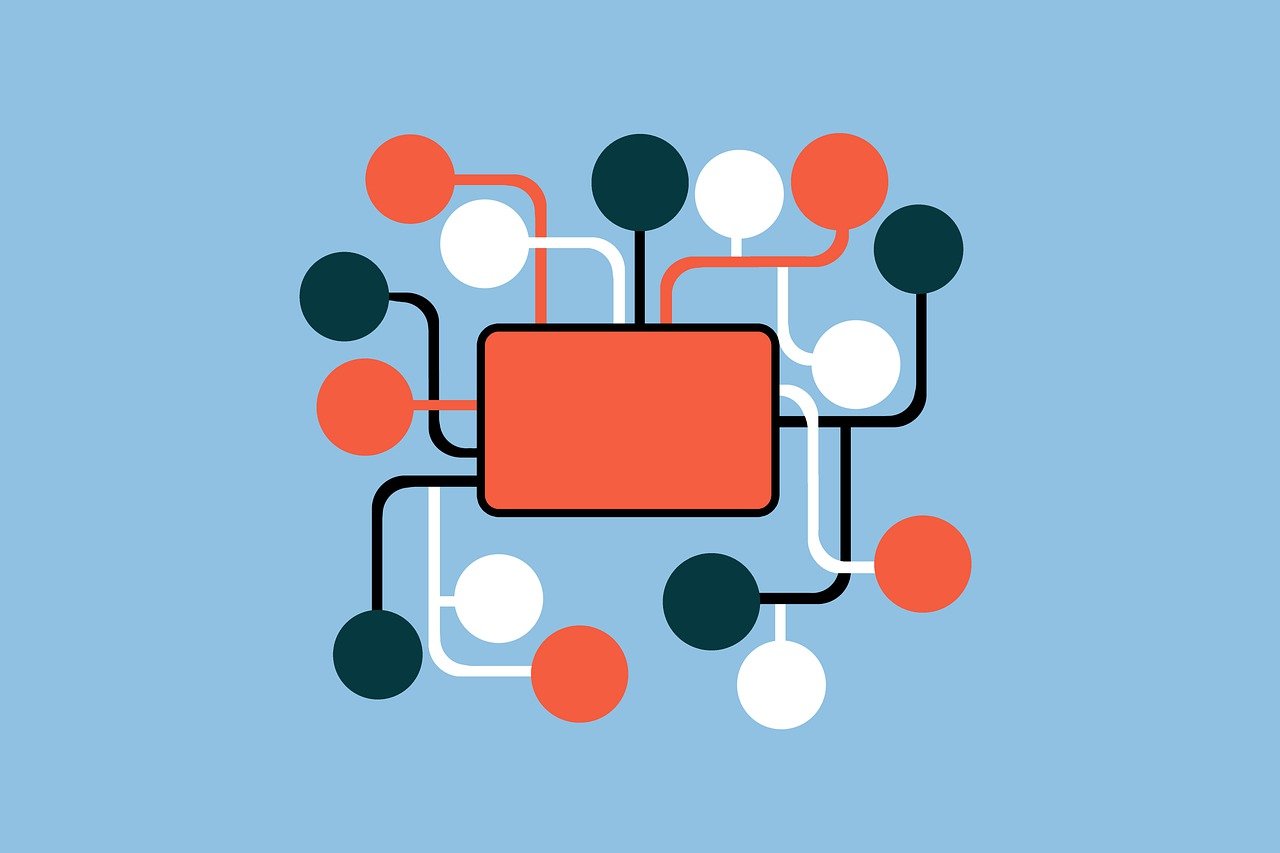


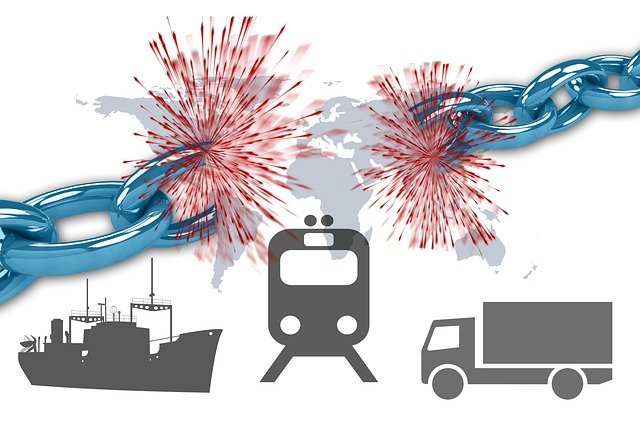
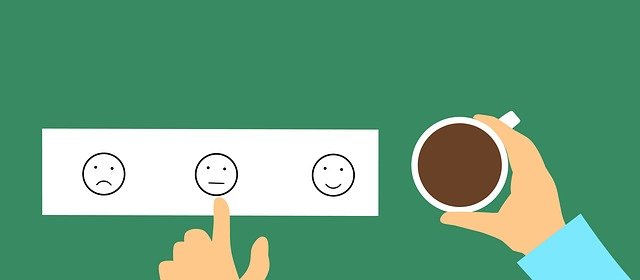
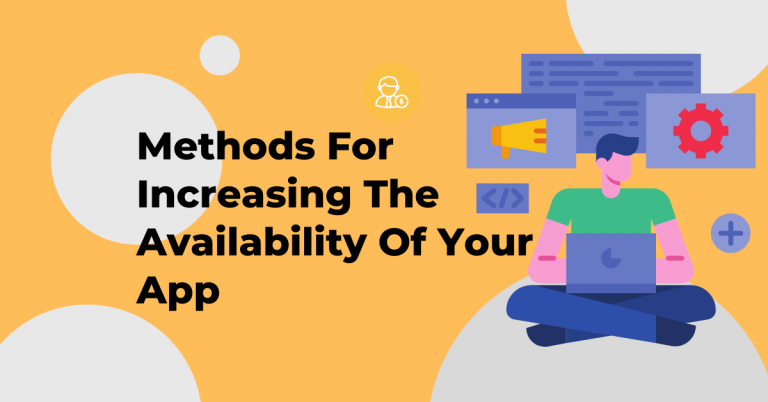
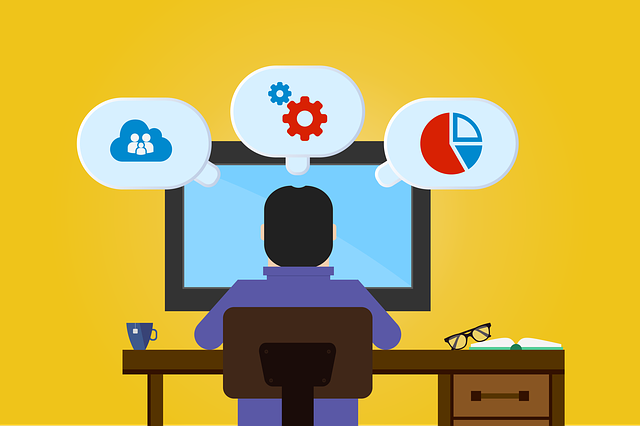




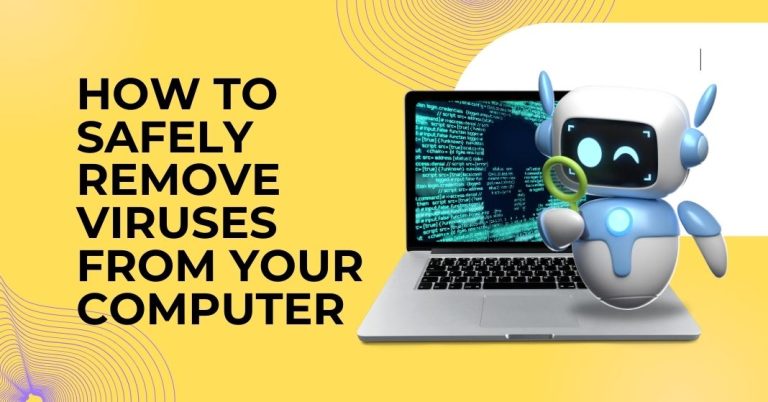

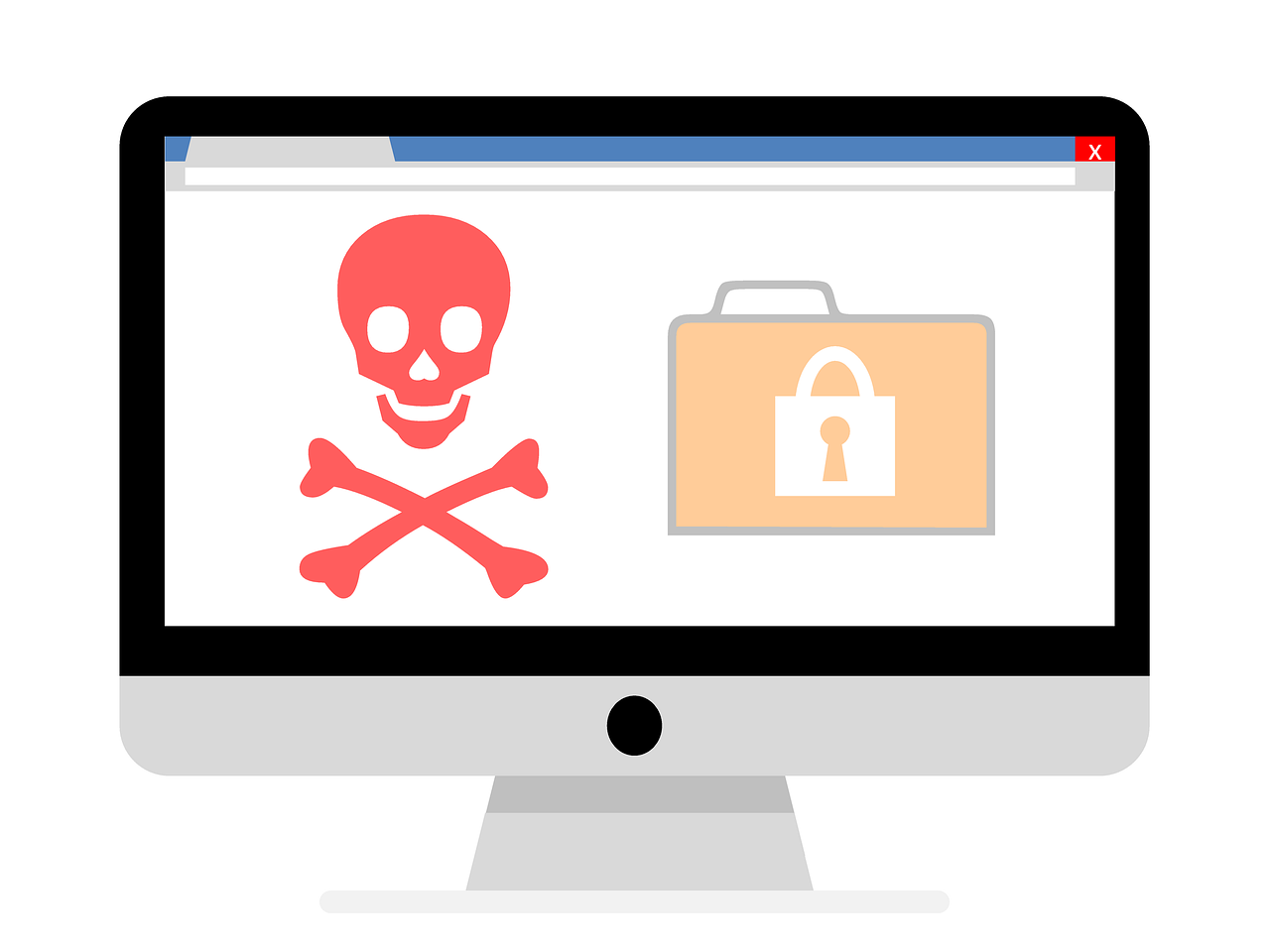
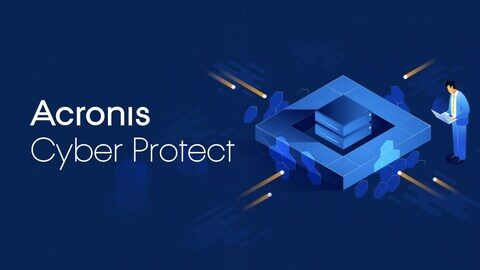
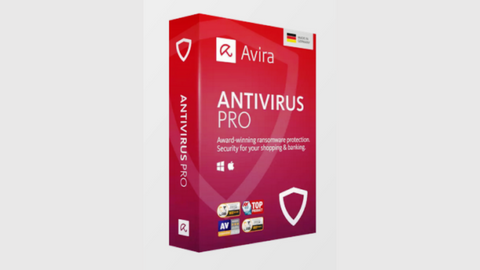
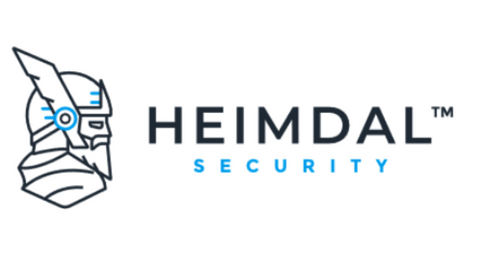



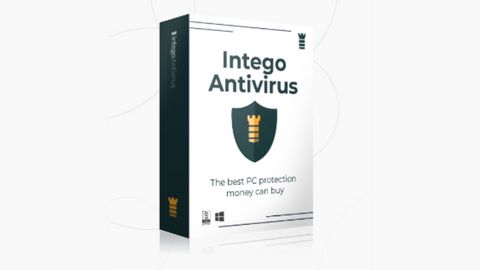




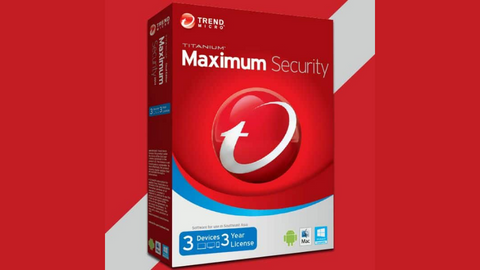

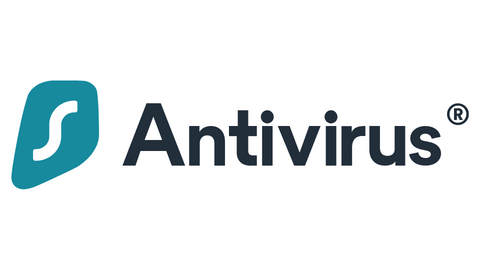
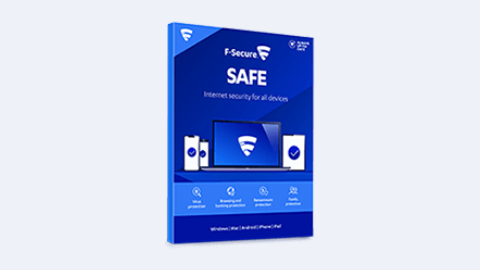
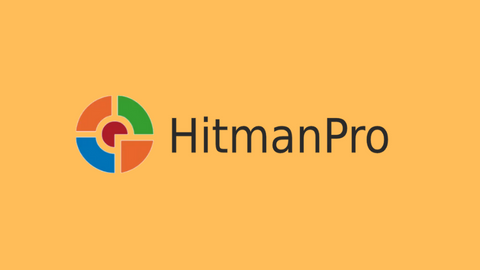

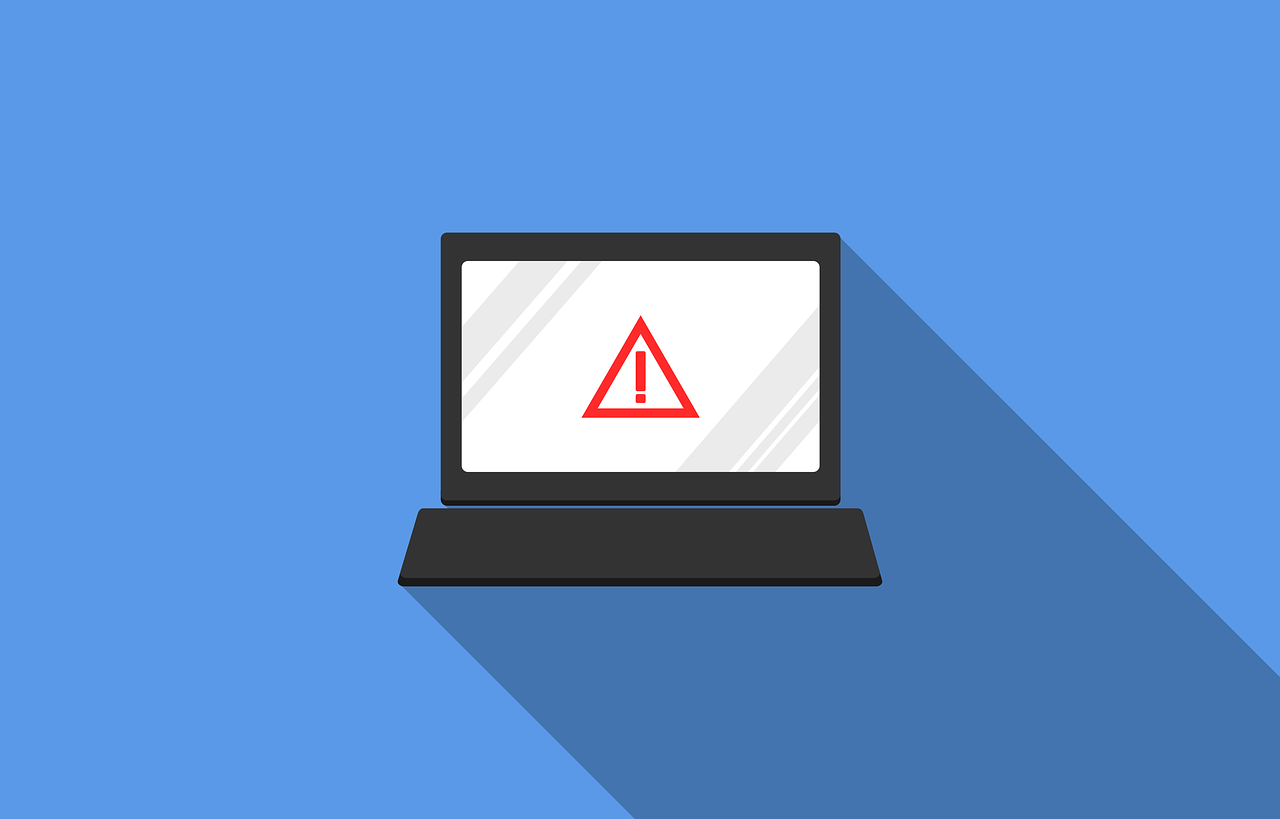
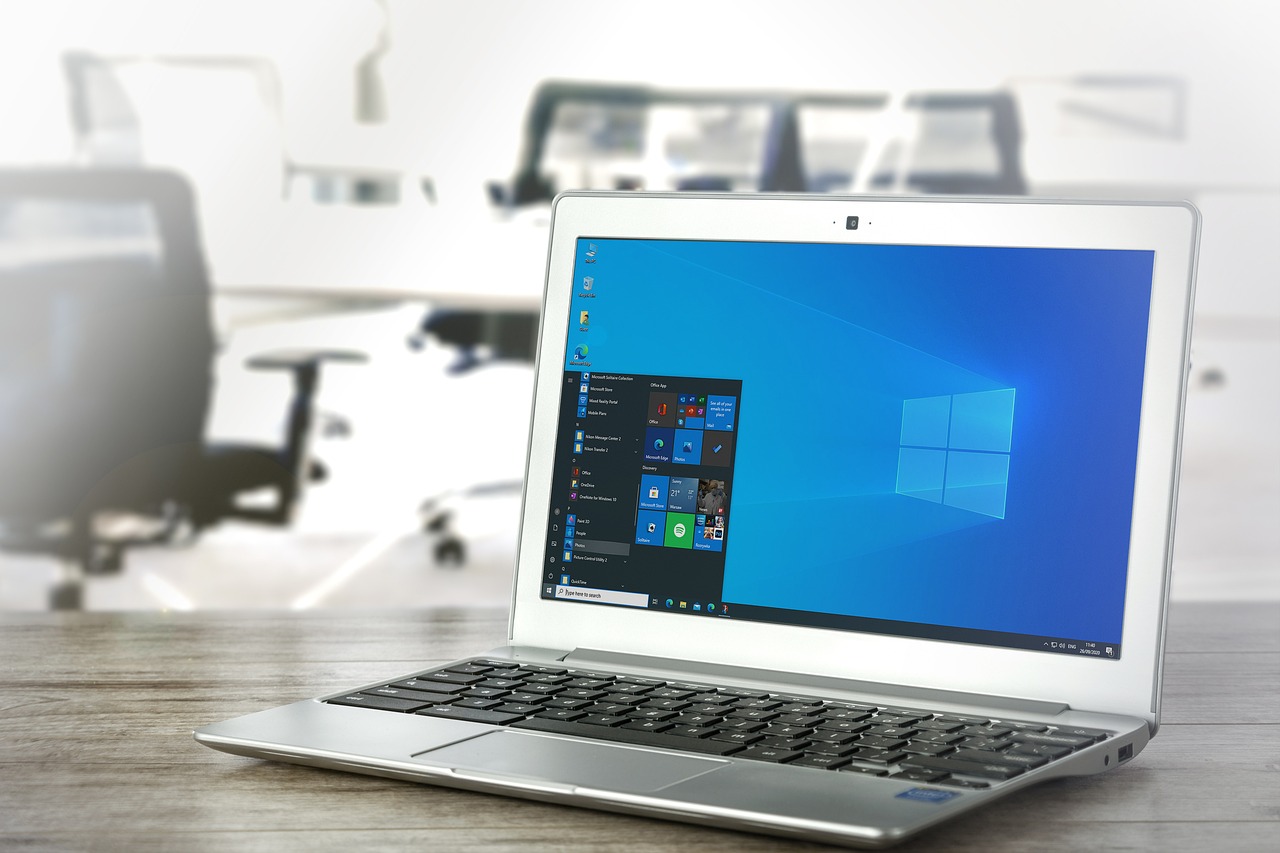

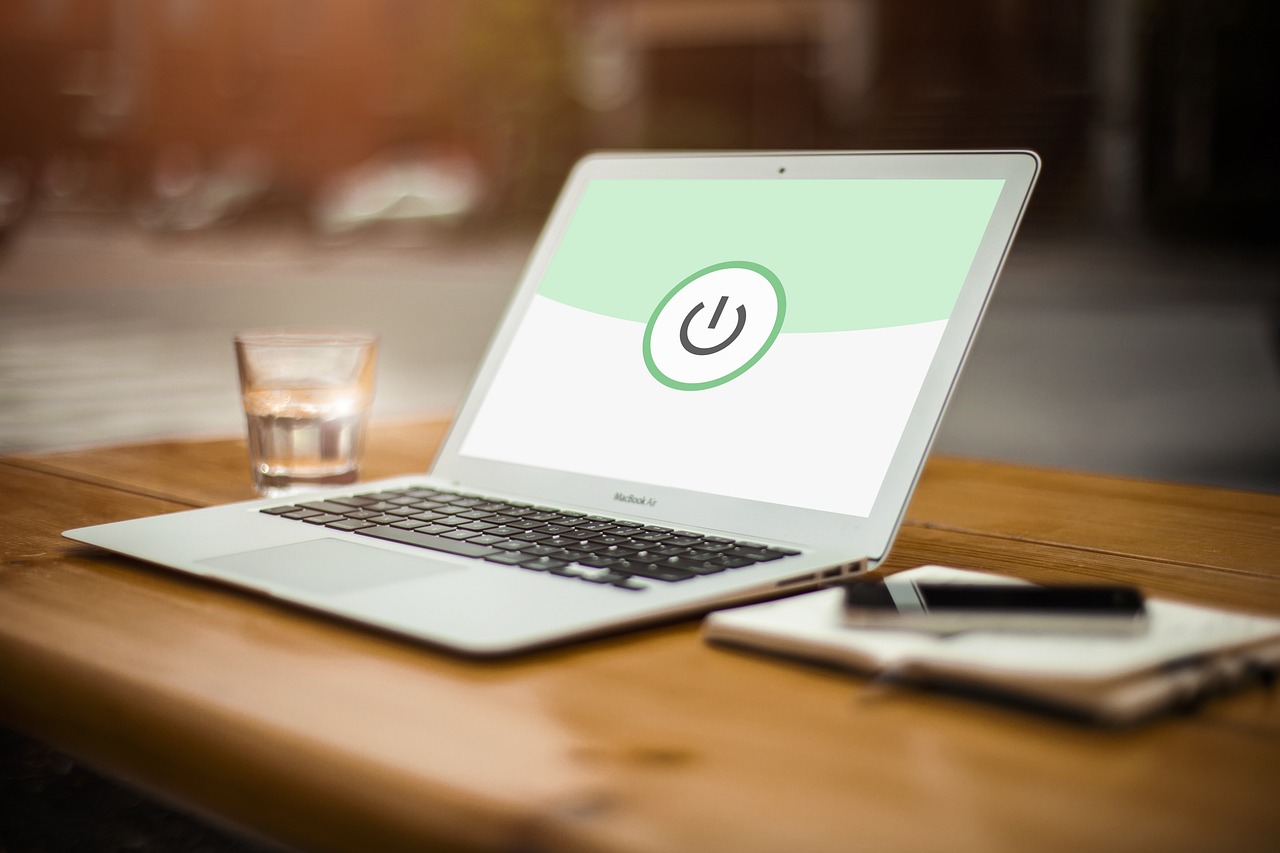
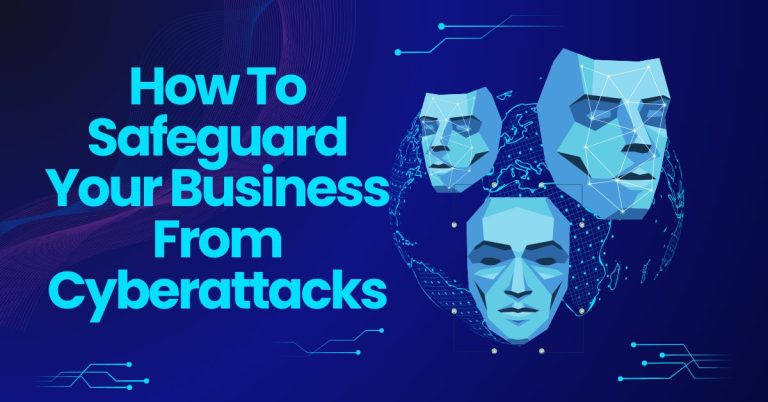
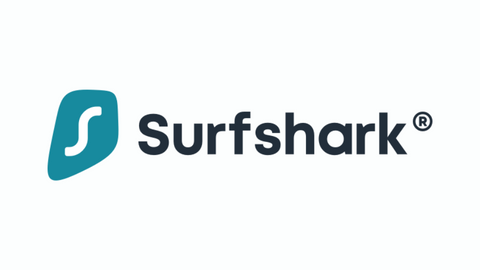


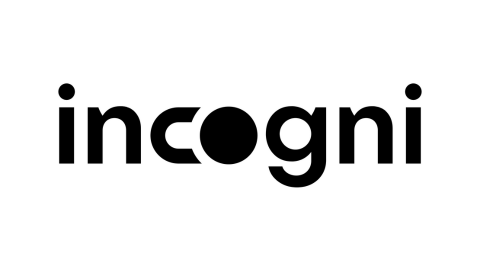

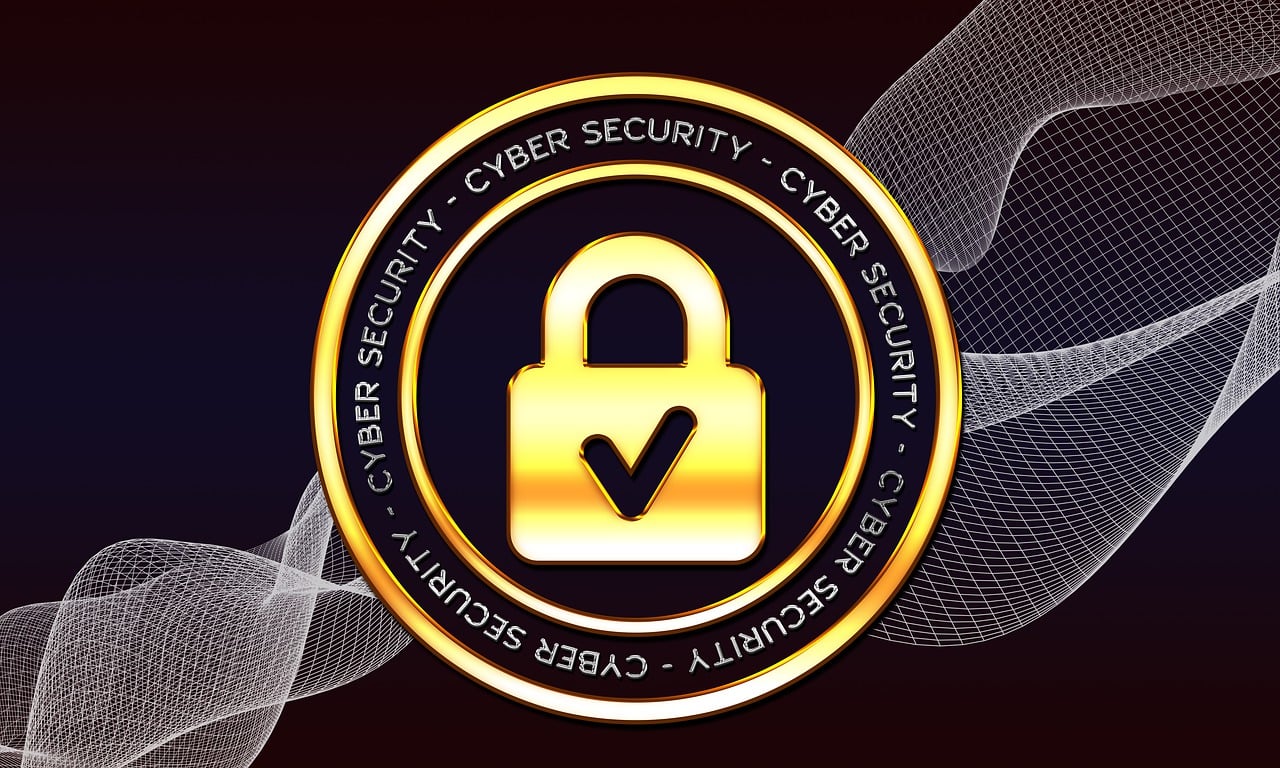

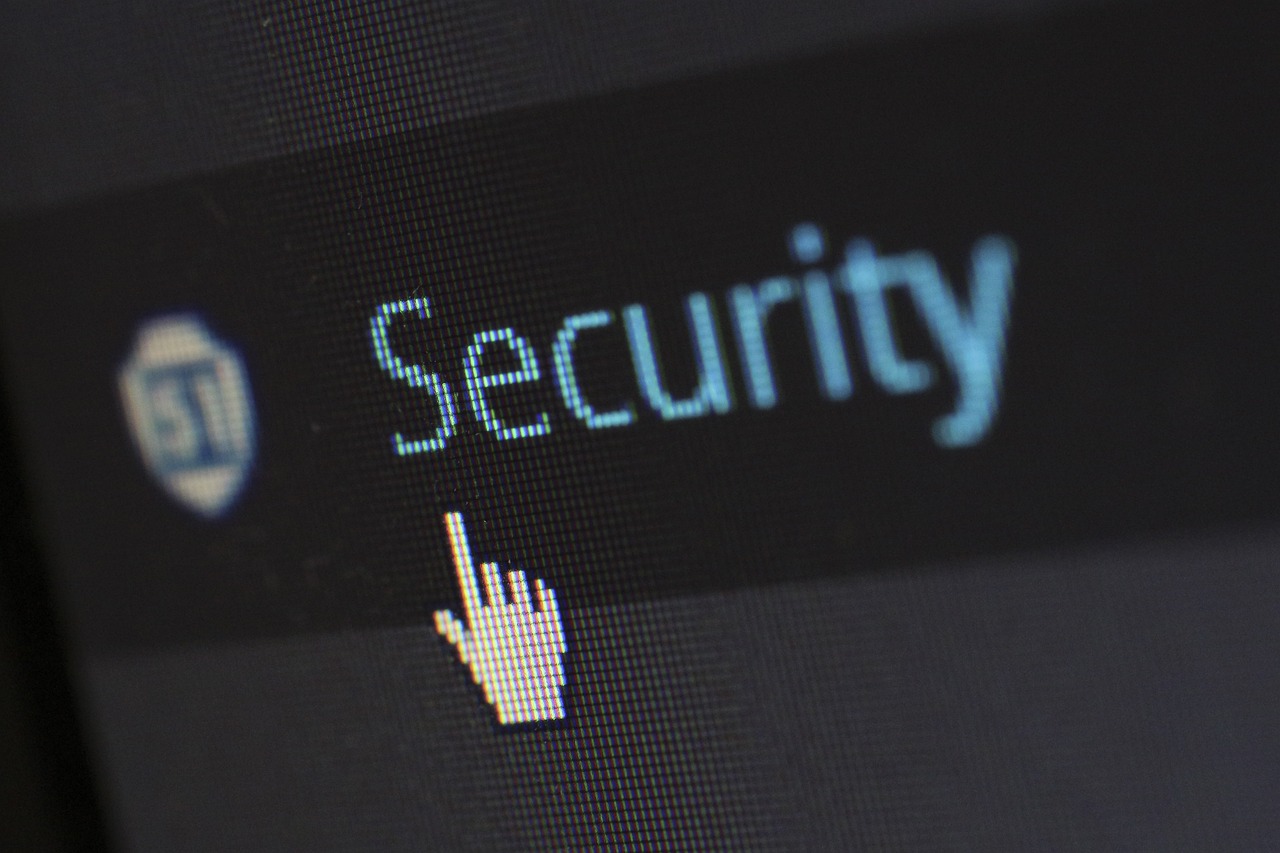

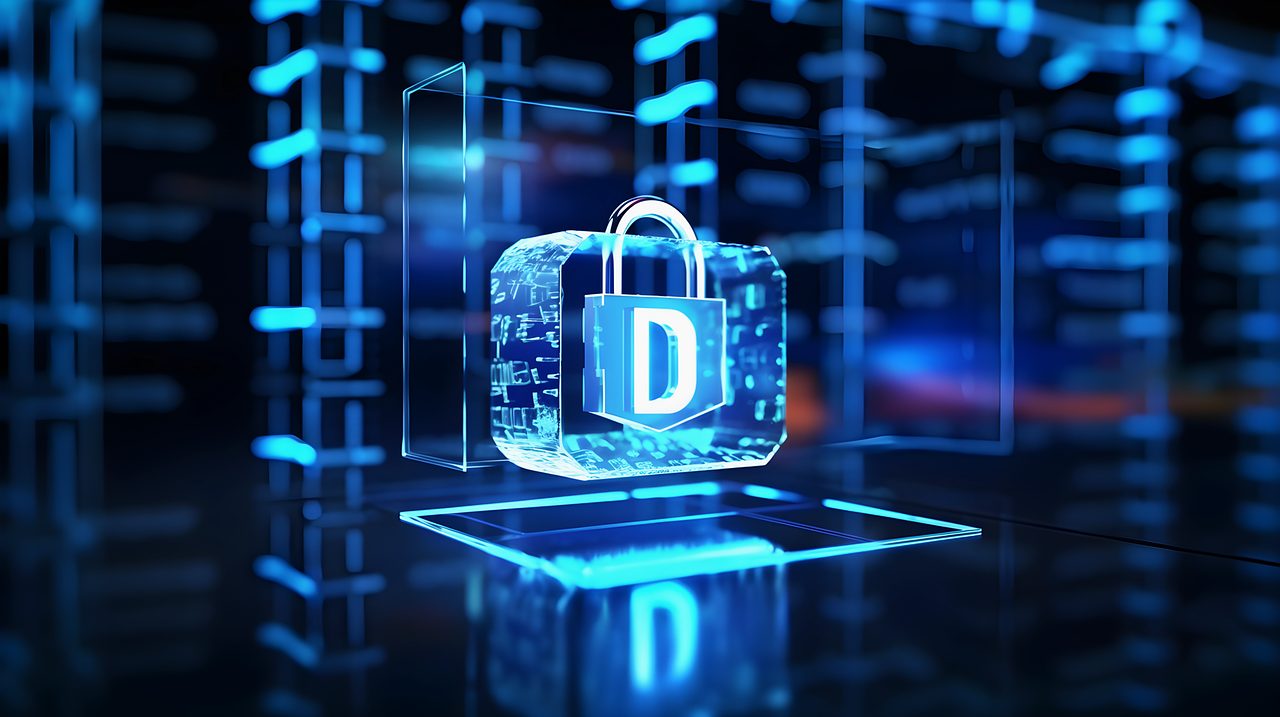
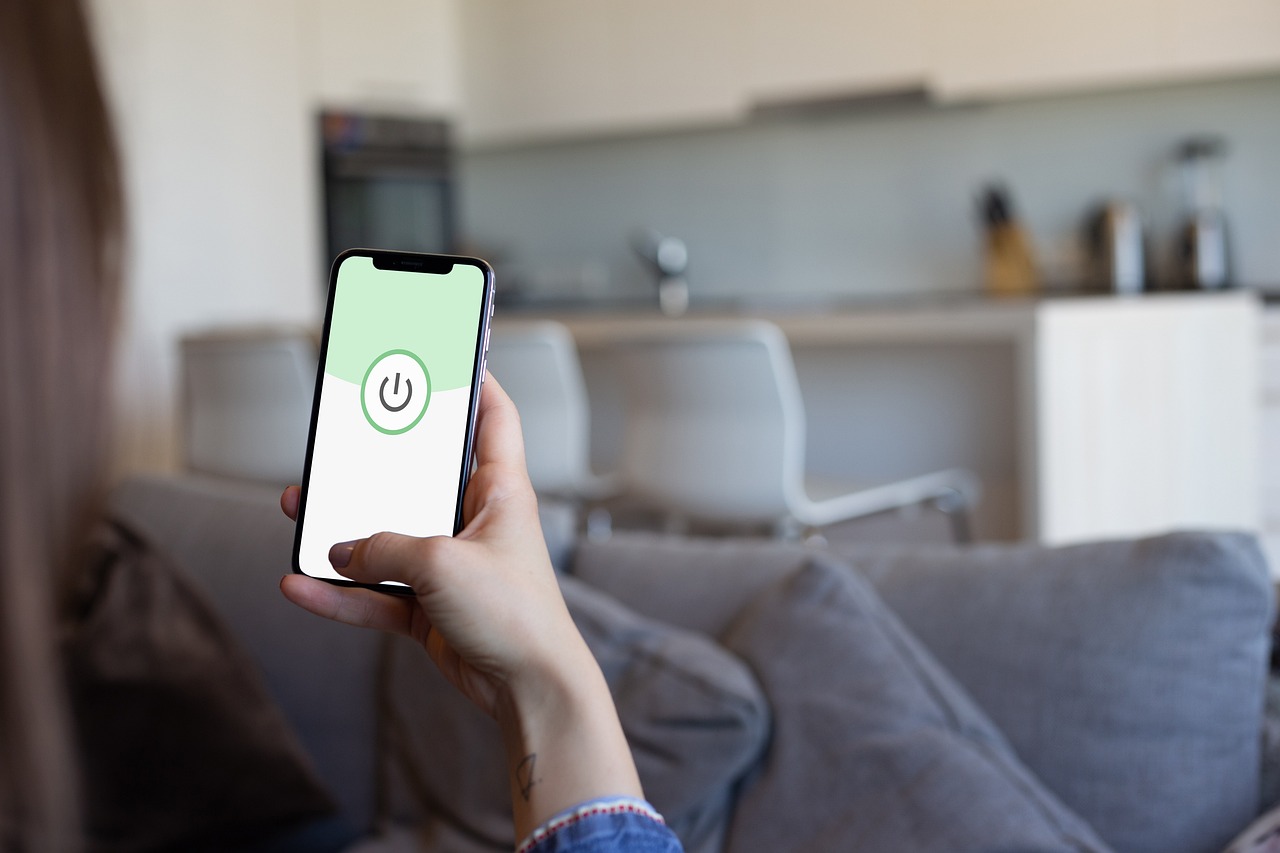








 Furthermore, this program differs slightly from other forms of malware in that it causes little to no harm to the host computer or its inherent files.
Furthermore, this program differs slightly from other forms of malware in that it causes little to no harm to the host computer or its inherent files.

![When Is Hacking Illegal And Legal? [Honest Answer] When Is Hacking Illegal And Legal? [Honest Answer]](https://secureblitz.com/wp-content/uploads/2020/07/when-is-hacking-illegal-and-legal-768x591.jpg)








